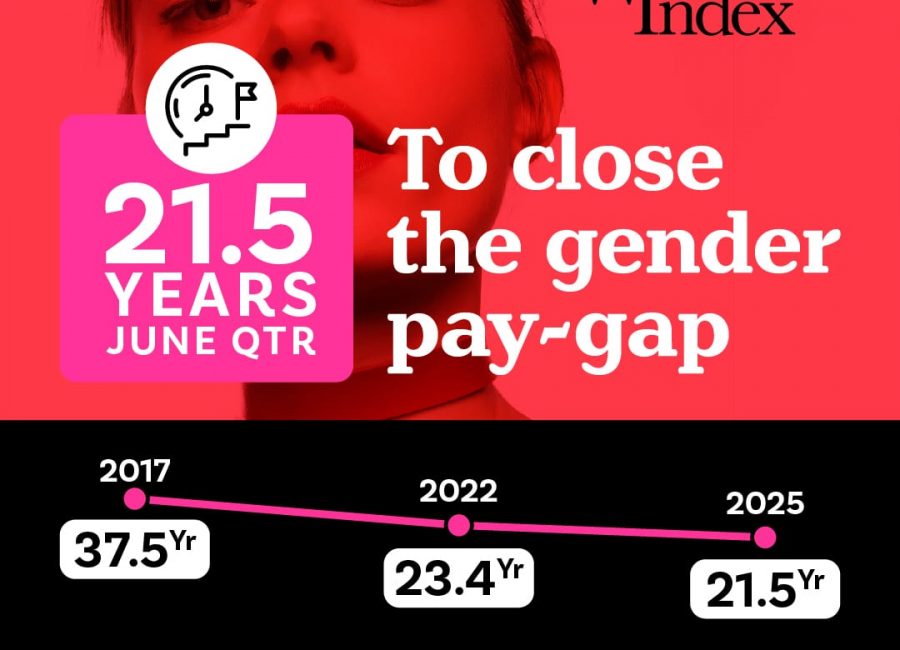One of the most interesting trends that emerged in the latest Financy Women’s Index is the spike in female IT enrolments, suggesting that the push to get more girls into tech is working.
The latest Department of Education figures for the year to the end of 2017, which are released in November 2018, show that 839,278 women (55%) and 673,401 men (45%) enrolled in tertiary courses, representing a 4% increase in total yearly enrolments for women.
Tertiary education captures university and vocational courses. Over the last decade, women aged 18–64 years have been consistently more likely than men in this age group to have attained a Bachelor Degree or above, according to the November 2018 ABS Gender Indicators Report.
While more women are enrolling in tertiary studies, and technical fields at a faster pace than men, female students only represent about one-fifth of enrolments in Information Technology and Engineering fields.
Female enrolments are most concentrated in the health and education fields, where they represent nearly three-quarters of enrolments, and in society and culture fields, where they represent two-thirds of enrolments.
The number of women who enrolled in Information Technology (IT) rose 28% in the 2017 calendar year, compared to a 19% increase for men.
By contrast, female Education course enrolments fell 1% over the year but rose by 3% in male student enrolments.
The growth in women enrolling in Information Technology courses has now become a trend over the past five years with female enrolments up a significant 71%, compared to 57% for male students in this period.
While the rate of growth in IT enrolments is coming from a low base of only 16,580 female students compared to 63,581 male students in 2017, it’s a 68% improvement on 2011 when there were only 9,891 women enrolled in IT.
This jump suggests that efforts to encourage more girls and women to study Science, Technology, Engineering and Maths (STEM) subjects is having an impact and we expect to see more women working in industries related to these fields in the years ahead.
Health remains a popular subject for women although the annual pace of female enrolment growth dipped to 6% in 2017 compared to 7% in 2016.
However over the past five years to the end of 2017, Health has been the third fastest growth area with female enrolments up by 36% compared to 29% for men.
Health has double the number of female enrolments than it does male students with 180,389 women studying in this field and making up 73% of total enrolments.
Society and Cultural Studies continues to have the biggest concentration of women with 208,261 female students, up 4% on 2016, while Management and Commerce has seen a 2% increase in female enrolments to 190,004 in the year to December 2017.












